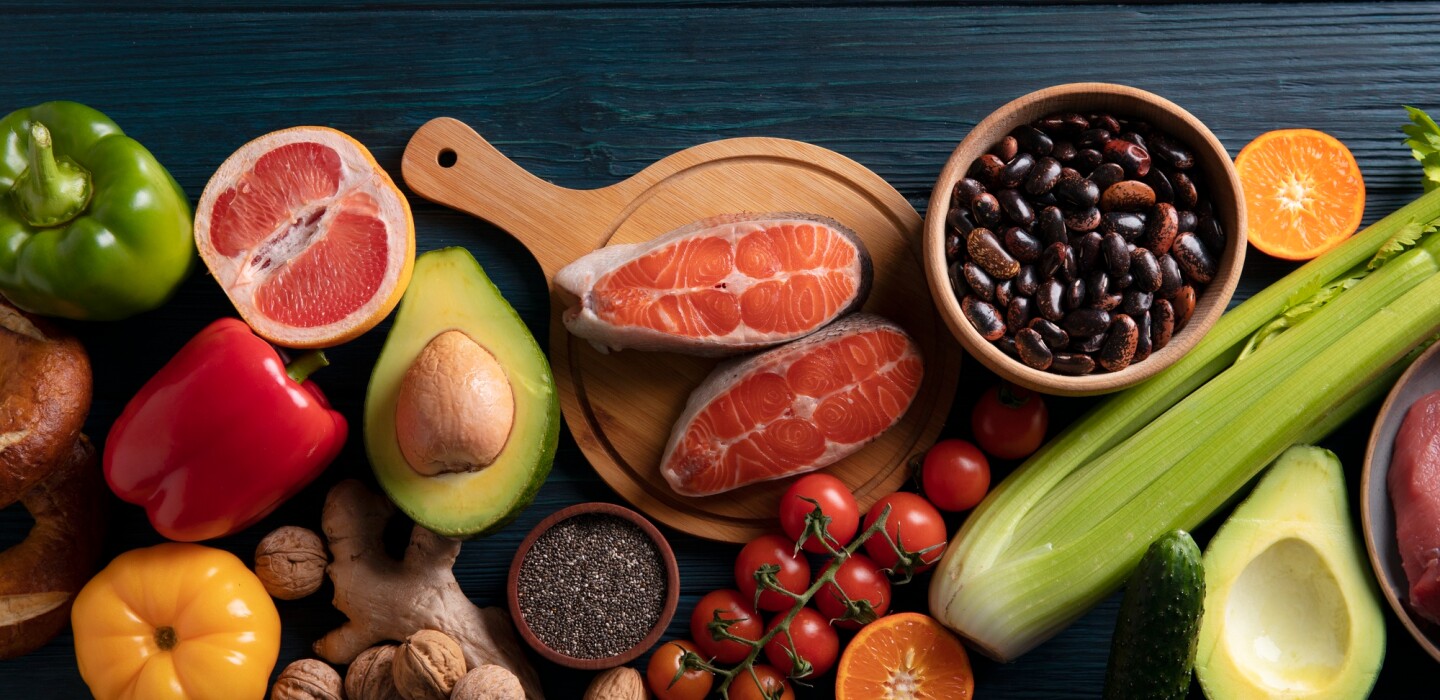
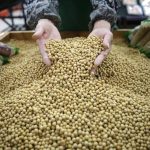




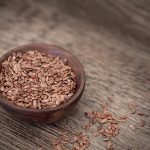
By Melanie Shulman – La Nación / GDA
Fast food, ultra-processed foods at all times and the lack of time to prepare or eat a meal. healthy food and over time they have become the daily routine of many and as a consequence health problems arise, obesityhe cholesterol and the diabetes, among many others. The latter is a chronic disease in which the levels of Blood glucose They are higher than normal.
From the American Diabetes Association they explain that this occurs when the amount of insulinhormone produced by pancreasis not enough and is not enough to process glucose, sugar that comes from food and that provides the body with the necessary energy, therefore it remains in the blood and can cause various complications.
Although this pathology so far has no cure, to control it, health experts insist on eating a healthy diet. In this regard, Julio Bragagnolo, Argentine doctor and head of the Nutrition and Diabetes unit at the Ramos Mejía Hospital, comments that, unlike years ago where diabetic people were prescribed a strict and thorough diet, “today the recommendation is that “Eat a varied and balanced diet just like someone healthy.”
In general terms, says the expert, the ideal is eat a variety of foods and include everything from fruits and vegetables, to whole grains, to fat-free dairy products and lean meats. Bragagnolo also suggests not skipping any meals, but spacing them out throughout the day. Another piece of advice that the doctor offers, as far as possible, is to try to balance the portions and not eat too much of the same food.
In this sense, some of the considerations proposed by the American Diabetes Association are to control the intake of foods that contain carbohydrates because it is a nutrient that raises blood glucose levels. In any case, they clarify that it is not imperative to replace them in the daily diet but rather “you have to consider how much to eat, choose the best options, know your limits and keep portions under control.” They also propose reducing the consumption of foods containing saturated fat, cholesterol and Trans fat since “these three types of foods are linked with increase blood cholesterol level and the risk of heart disease.”

Photo: Freepik.
The doctor specializing in internal medicine at the José de San Martín Hospital de Clínicas, Ramiro Heredia, mentions the high fiber foods as the most suitable for maintaining stable blood glucose levels, among them it lists whole grains, legumes, fruits and vegetables, with the exception of watermelon and pineapple, lean meats and dairy products. This is because this macronutrient “slows down digestion and tends to absorb the sugar that circulates in the body,” says the expert. In addition, the Argentine Diabetes Federation explains that the intake of vitamins, minerals and antioxidants to protect the body from the possible complications that diabetes may bring.
Research from the National Institutes of Health, carried out together with Gertraud Maskarinec, a doctor at the University of Hawaii, found that the risk of developing diabetes was significantly reduced if a greater amount of fiber was consumed daily. The study was carried out with 75,000 people who were monitored for 14 years. Even so, Maskarinec added that although fiber is a nutrient that offers protection to reduce the risk of diabetes, it is also necessary to complement it with physical exercise.
Below, a selection of foods indicated for diabetics although also for all those who want to take care of their health.
- Beans
Beans are a type of legume that is a source of vegetable protein, iron, potassium, magnesium and a large amount of fiber. To cook them, they must be rinsed previously to remove any type of impurity they may have. Then they should be left in water overnight so that they soften and the cooking process is less. Ultimately they are cooked in boiling water to eliminate lectin, a toxic compound. Those who must take certain precautions when consuming it are those who suffer from food allergies.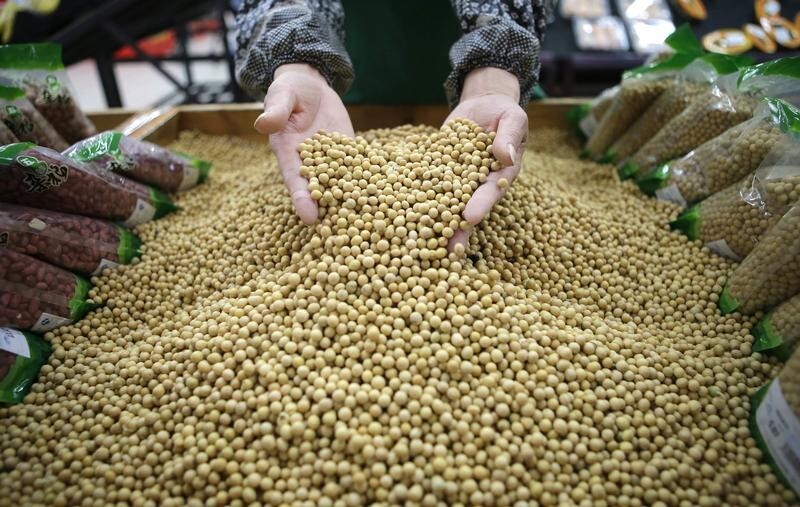
Beans © Darley Shen / Reuters
- Broccoli
Like most leafy green vegetables such as spinach, chard and kale, this cruciferous plant contains ten percent of the daily dietary fiber needed per 100 grams. The best option when cooking it so that it does not lose its nutrients, especially the fiber, is to eat it raw or barely cooked, always steamed or boiled for no more than three minutes, otherwise, the high temperature of the water destroys part of it. of the properties of the food. In any case, with the exception of pineapple and potatoes due to their high levels of sugar and starch, Bragagnolo comments that almost all fruits and vegetables have high fiber content and are recommended to level glucose. In this sense, the nutritionist specifies that it is recommended to incorporate between three and five servings of vegetables a day and clarifies that a serving is half a cup when they are cooked and one cup when they are raw.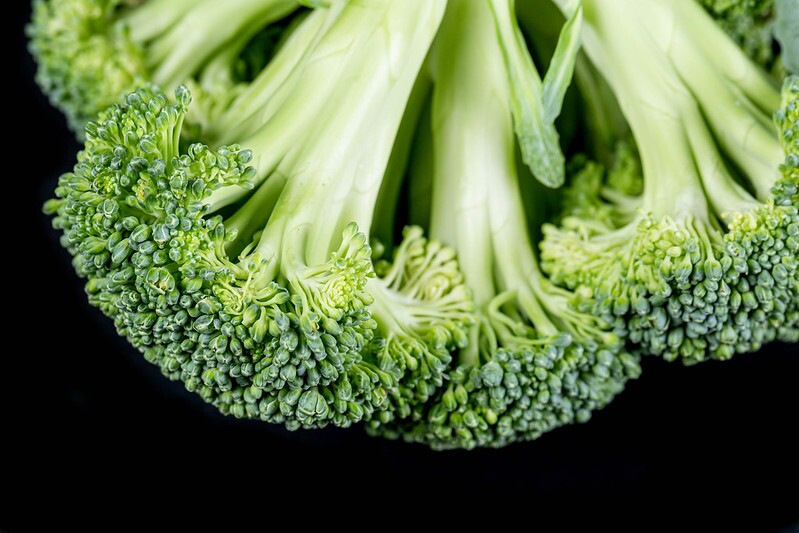
Broccoli is one of the foods that is good to consume. Photo: Flickr.
- Walnuts
One serving, which is equivalent to approximately 30 grams, is a source of healthy omega 3 fatty acids, plant proteins, B complex vitamins and natural fibers; For every 30 grams of walnuts there are two grams of fiber. Its consumption causes a protective effect on insulin resistance, improves glycemic control and blood lipid levels in people with type 2 diabetes, according to a study from the University of Toronto.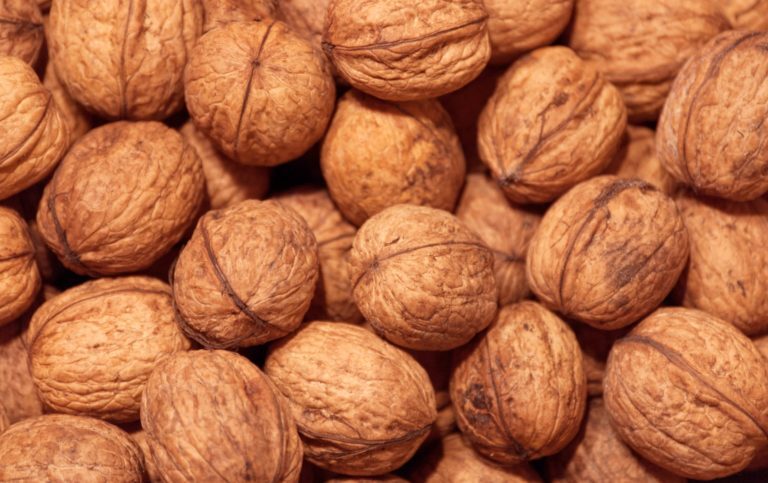
Walnuts. Photo: Pattern Pictures.
- Tomatoes
Considered a vegetable, the tomato has a high water content, minerals such as iron, potassium, phosphorus, calcium and magnesium and vitamins C, B, E and D. The Argentine Diabetes Federation mentions that it can be consumed fresh, in sauce, as juice or in smoothies, even as a concentrated condiment. Because it has a low glycemic index, it releases its sugar slowly into the bloodstream, and is unlikely to cause a spike in blood sugar.
The only imperative is to avoid adding salt so as not to cut off the antihypertensive effect thanks to the presence of lycopene, a substance with properties that act against disease prevention.
Bowl with tomatoes. Photo: Freepik.
- Fish and seafood
Fish in general, but especially salmon, sardines, tuna and trout, are a source of omega 3, an essential nutrient to protect cardiovascular health and reduce inflammation that can lead to insulin resistance. According to the Diabetes Organization, it is best to consume grilled, roasted or baked fish, otherwise when fried, its calories and carbohydrates will increase. The entity advises consuming this food at least twice a week.
Wooden board with raw fish and seasonings. Photo: Freepik.
- flax seeds
They are a food rich in protein, omega 3, 6 and 9 fatty acids; antioxidants, B vitamins and minerals: calcium, iron, potassium and magnesium. In relation to fiber, from the Medical News Today portal they report that one tablespoon of flax seeds (seven grams) has 1.91 grams of fiber.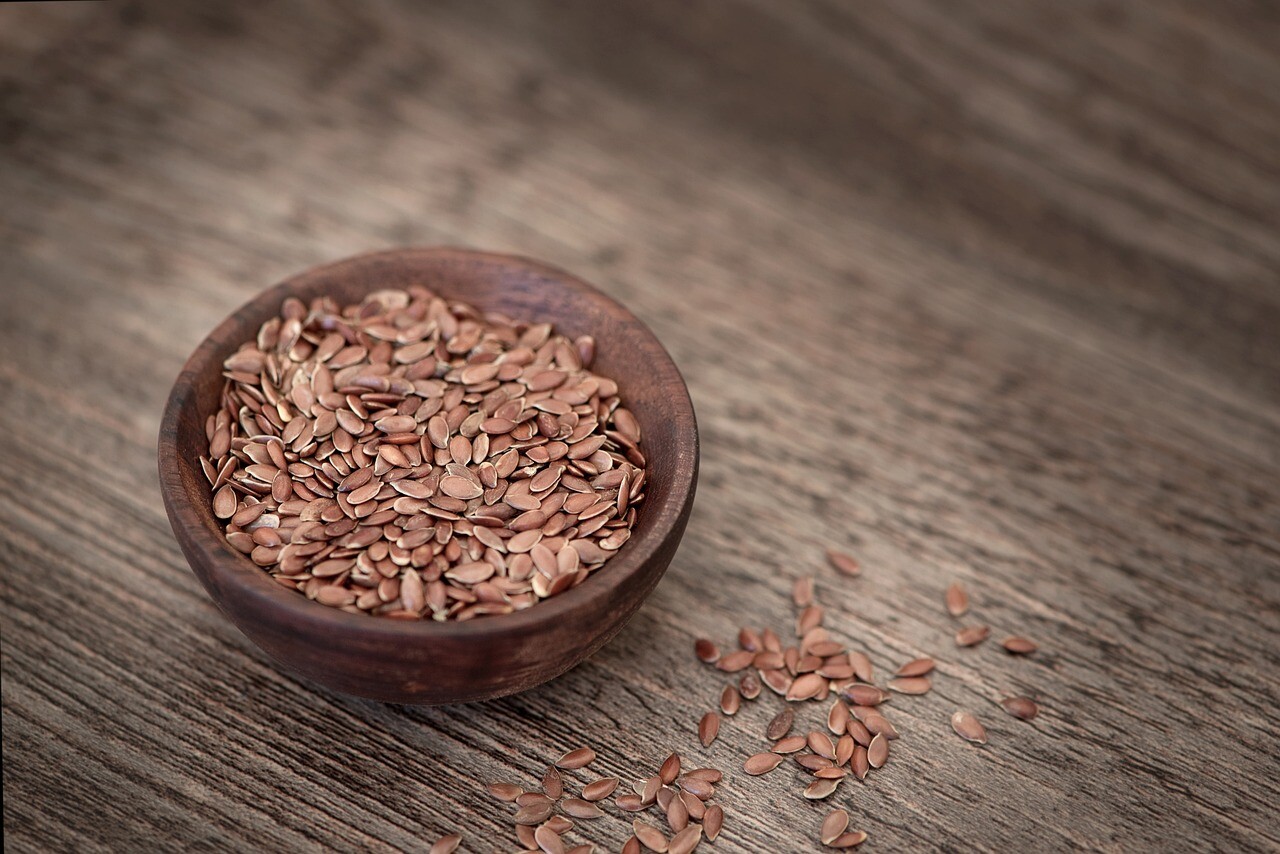
Flax seeds. Photo: Pixabay.
Estefanía Beltrami, a graduate in Nutrition, comments that fiber It comes in two ways: “The insoluble which is found in the shell and which resists digestion and soluble, which is inside the seed.” For this reason, they are not usually consumed in their original format and must be intervened to incorporate this nutrient effectively and take advantage of its advantages: it can be ground to form a powder and added to different culinary preparations or hydrated to form a gel and then consumed as a pudding or cooking ingredient.
Finally, Bragagnolo adds the importance of good hydration based on mineral water and insists on regular physical exercise because it is beneficial for metabolic control, maintaining a good mood and muscle mass. Faced with this condition, it is advisable to consult with a health professional.

